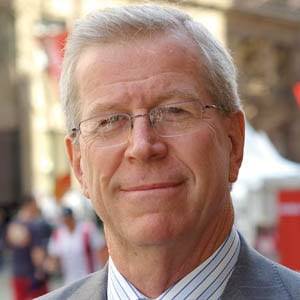The power of fees – cheap beats expensive

Paying higher fees in pursuit of better performance may leave you disappointed, according to new analysis from Morningstar.
The analysis has found that across most categories, the cheapest fee quintile achieved a higher success ratio than the most expensive fee quintile – “illustrating the power of fees”.
Morningstar’s analysis said that fees were not the only thing to look at in terms of evaluating funds with factors such as investment teams and processes and the parent organisation also vital.
“Still, lower-cost funds generally have a greater chance of outperforming their more expensive peers,” it said.
Providing an example, Morningstar said that the in the global large-cap equity group, the cheapest quintile recorded a success ratio of 60%, while the priciest option recorded 23%.
It said a similar trend was seen in the Australian large-cap equity group (55% versus 20%).
“The categories contained a significant number of passive funds in the cheapest quintile. Recent years have been a challenging time for active managers to beat their passive peers as returns have been dominated by a select few sectors,” it said. “Globally, technology companies have had stellar performances, with sector exposure growing from 16% to 24% of the global index. The catalyst is the promising potential growth of artificial intelligence.”
“Locally, large banks have been beneficiaries from the rising interest-rate regime. These factors did not help active equity managers who aim to produce returns above the benchmark through diversified portfolios,” the analysis said.
However, it said an outlier where the power of fees has has shown no benefit is the Australian mid/small-cap equity group.
“The success ratio of the cheapest and priciest quintile is equal at 28%. The cheapest quintile’s low success ratio is attributed to consistent missteps in stock selection by active managers, as measured using the information ratio. In contrast, the most expensive quintile was hampered by higher fee share classes of existing funds provided by secondary distributors,” it said.
The analysis said that although the underlying funds were mostly successful, the higher fees posed too much of a drag to achieve success in these cases. Within this category, fees had no predictive power, and medium-term performance was dependent on a manager’s skill.
It said the dispersion was smaller within the fixed-income asset class; the cheapest quintile’s success ratio was 38%, and the most expensive quintile was 14%. Over the tested period, active managers have been able to capitalize on the rising interest-rate environment by shifting their portfolios to shorter-duration position – a lever unavailable to passive funds.
“Similarly, they have been able to adjust their credit risk exposure, benefiting more from a tightening in credit spreads than their passive peers. Taking a longer-term view, active fixed-income managers can produce stronger returns over the economic cycle owing to a consistent overweight in corporate credit relative to the index.”











Right...FSP's only off shore services because they need to keep a lid on ever increasing costs like ASIC Industry Levy…
So the very same ASIC that said it is too risky to have Australian based Accountants doing the SMSF Financials…
So you reckon 1,000 paraplanners, compliance officers, customer service representatives, responsible managers, and BDMs have continued on FAR, regardless of…
I’m yet to see one that can’t be climbed or tunnelled under
Silver has outperformed gold since May. Check out macrotrends gold silver ratio chart on Google. Ever since Biden took Russia…